Phormictopus cancerides Arachnoboards
One of my favorite species, the Phormictopus cancerides!
Phormictopus
The Hispaniolan Giant Tarantula (Phormictopus cancerides) is a tarantula native to the Dominican Republic, where it is called Cacata; Haiti, where it is called Araignée-crab; and Cuba, where it is rare. It occurs from the West Indies to Brazil. During the day they hide under rocks and debris and come out at night to look for prey. Their fangs are quite formidable at more than 2 centimeters.
Phormictopus cancerides Arachnoboards
Track historical test performance with our custom dashboards. Practice free Cancer Research tests & get tips, guides and fully worked solutions.
.jpg)
Dominican Spiders Theraphosidae, Phormictopus cancerides
Phormictopus cancerides, also known as the Hispaniolan giant tarantula, is a tarantula endemic to Hispaniola in the Caribbean. Hunting. During the day they hide under rocks and debris, and come out at night to look for prey. Their fangs are quite formidable at more than 2 centimeters long, and when they pierce the body of its prey, venom is.
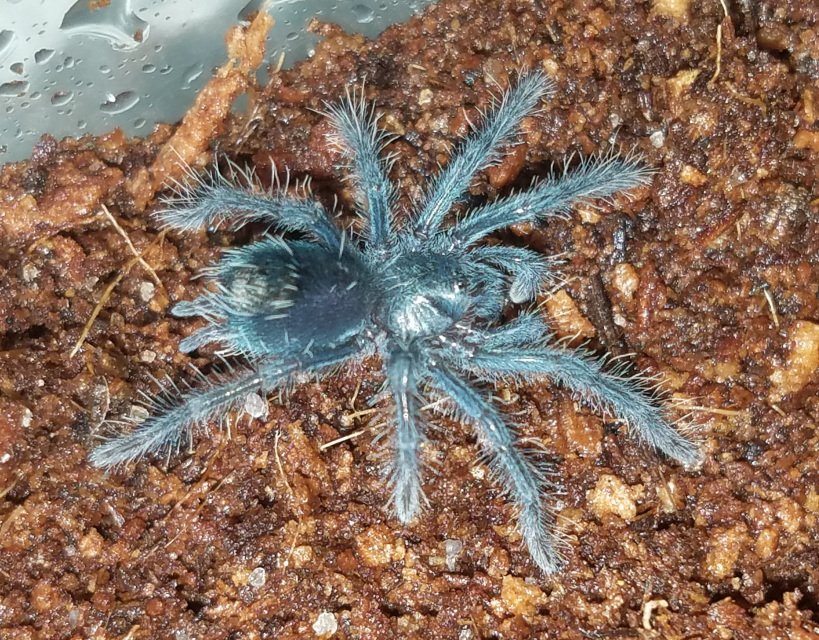
Phormictopuscanceridesforsale
PODCAST https://www.buzzsprout.com/148967Teespring Store: https://teespring.com/stores/toms-big-spiders-the-storePatreon https://www.patreon.com/tomsbigspid.
0.0.1 Phormictopus cancerides Arachnoboards
Definitely interested. Currently have Phormictopus sp dominican purple, Phormictopus auratus, Phormictopus sp hispaniola south, Phormictopus cancerides, and Phormictopus atrichomatus. I heard recently 7 new species entered the hobby and am looking . These guys have a bit of an attitude but are amazing visually.
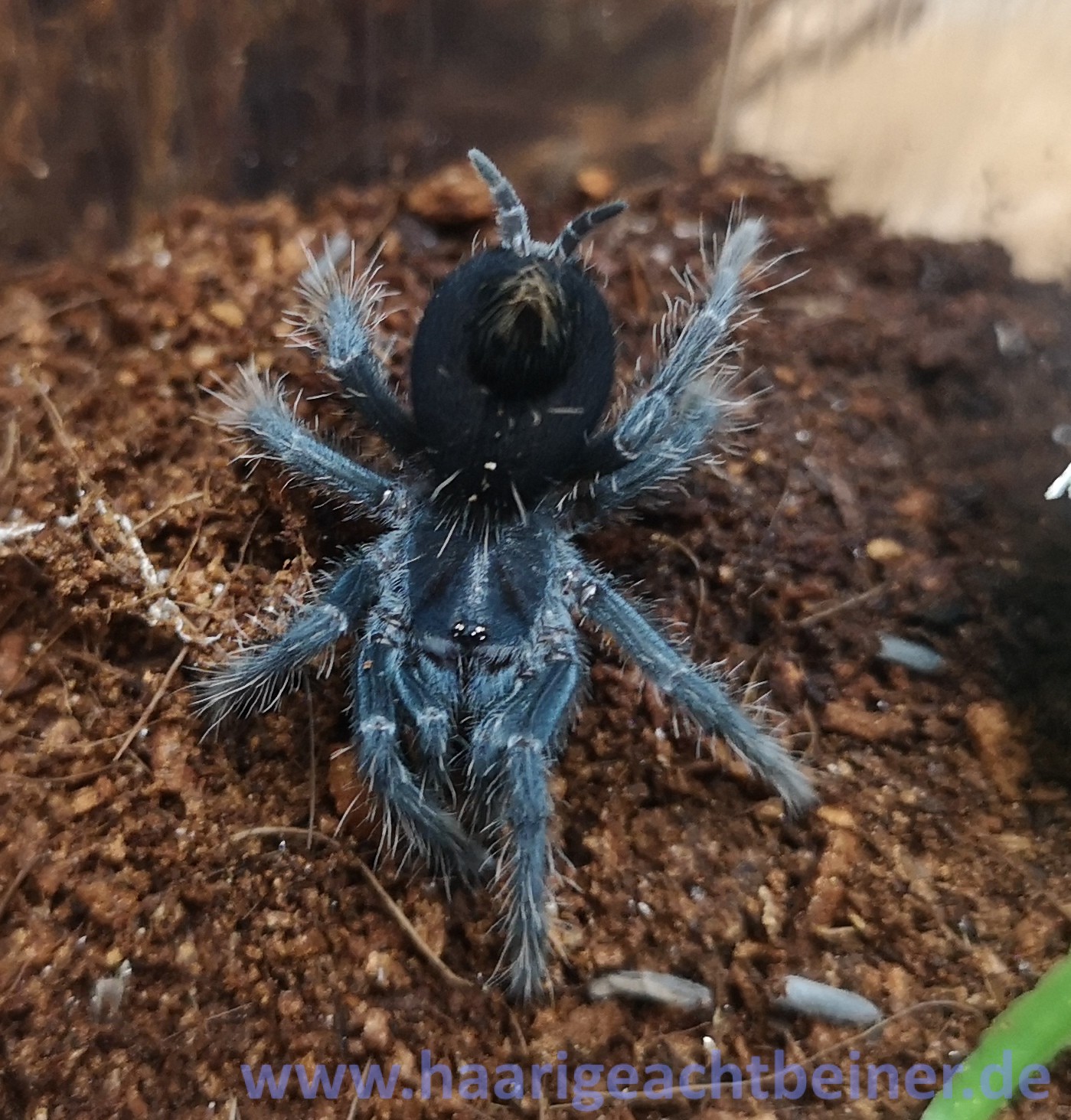
Phormictopus cancerides Bayahibe violet www.haarigeachtbeiner.de
Phormictopus cancerides habitat. An adult Phormictopus cancerides tarantula should be provided with an enclosure 2 to 5 gallons in volume with a secure lid. You should cover the bottom of the enclosure with 5-6 inches of substrate such as shredded coconut husk, but some keepers choose to use peat moss, potting soil or vermiculite. Provide a heat source and use means to moderate the humidity.

Phormictopus cancerides violet kopulacja YouTube
Phormictopus cancerides Name Synonyms Eurypelma cancerides (Latreille, 1806) Mygale cancerides Latreille, 1806 Phormictopus cancerides tenuispinus Strand, 1906 Homonyms Phormictopus cancerides (Latreille, 1806) Common names Haitian brown tarantula in English Bibliographic References.

Phormictopus Cancerides Violet YouTube
Genus: Phormictopus. Pocock, 1901 [1] Type species. Mygale cancerides. Latreille, 1806 [1] Species. See text. Phormictopus is a genus of spiders in the family Theraphosidae (tarantulas) that occurs in the West Indies, mainly Cuba and Hispaniola, with three species probably misplaced in this genus found in Brazil and Argentina.

Phormictopus cancerides (Latreille, 1806) mygale.de Flickr
Species Phormictopus cancerides. To cite this page: Myers, P., R. Espinosa, C. S. Parr, T. Jones, G. S. Hammond, and T. A. Dewey. 2021. The Animal Diversity Web (online). Accessed at https://animaldiversity.org. Disclaimer: The Animal Diversity Web is an educational resource written largely by and for college students. ADW doesn't cover all.
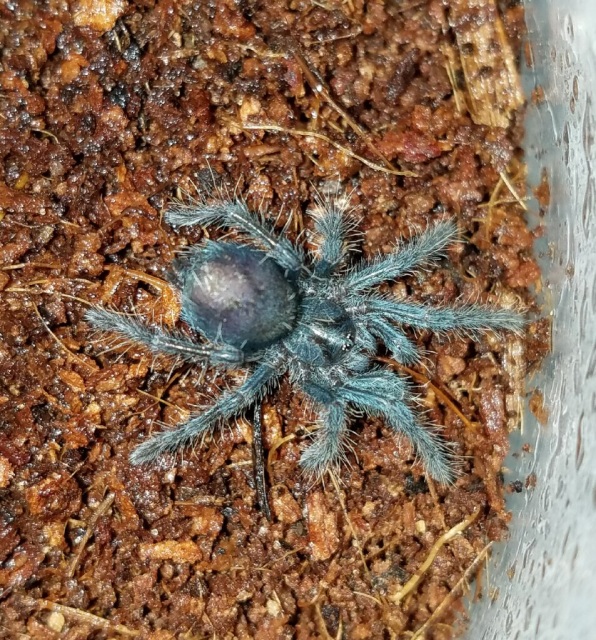
Phormictopuscanceridesforsale
Phormictopus cancerides Rudloff, 2008a: 20, f. 33-42 (mf, S of Phormictopus cancerides tenuispinus). References. Ausserer, A. (1871a). Beiträge zur Kenntniss der Arachniden-Familie der Territelariae Thorell (Mygalidae Autor).

Phormictopus sp. Purple Husbandry YouTube
Phormictopus sp. 'Green' is a bit of a mystery spider.Some believe it belongs to its own, as-of-yet-unamed species of tarantula. Others think it's just a color variant of Phormictopus cancerides.
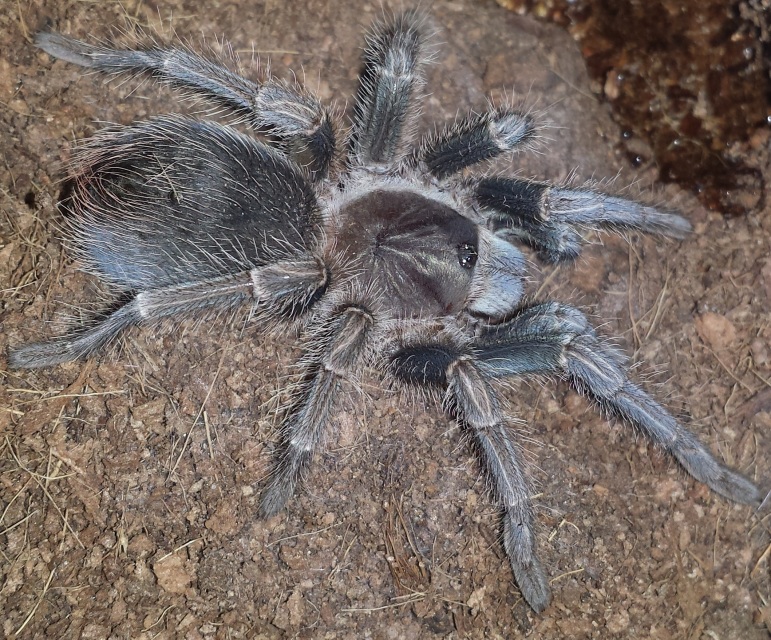
Phormictopussppurplemaleforsale
Phormictopus cancerides. Common name: Haitian Brown. Indigenous: Hispaniola. Habitat: Hispaniola, island, West Indies, in the Caribbean Sea, lying southeast of Cuba and west of Puerto Rico. Politically, Hispaniola is divided into the separate countries of Haiti, which occupies the western third of the island, and the Dominican Republic. Haiti.
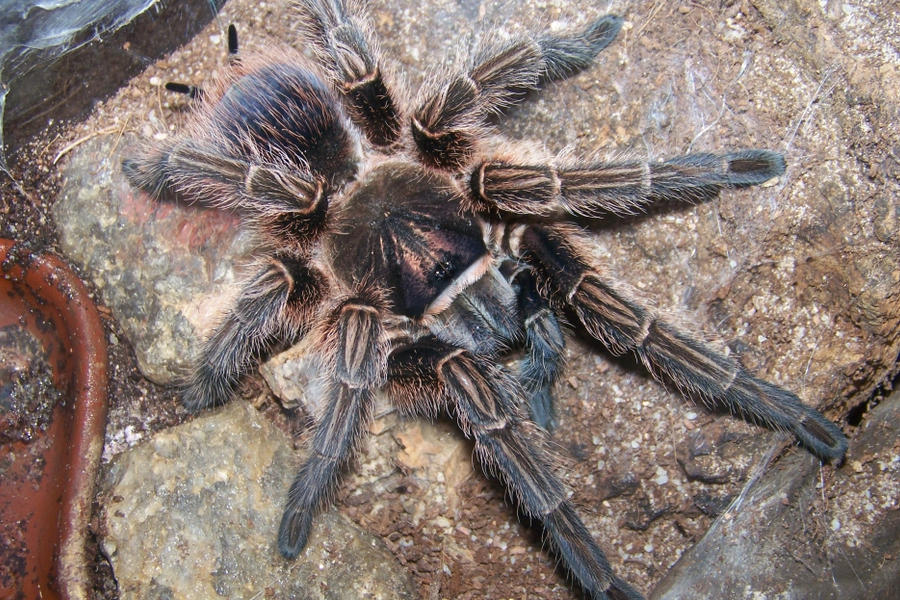
Phormictopus cancerides by AvicPhotos on DeviantArt
Phormictopus cancerides quantity. Add to cart. Species Info: Origin. Hispanola. Lifestyle. Terrestrial. Temp. 22-28. Humidity. 60-70. Leg Span. 18-20cm. Disposition. Hungry. Suitability. 2. This is an impressive species from the Caribbean islands. This is a fast growing species reaching giant sizes!
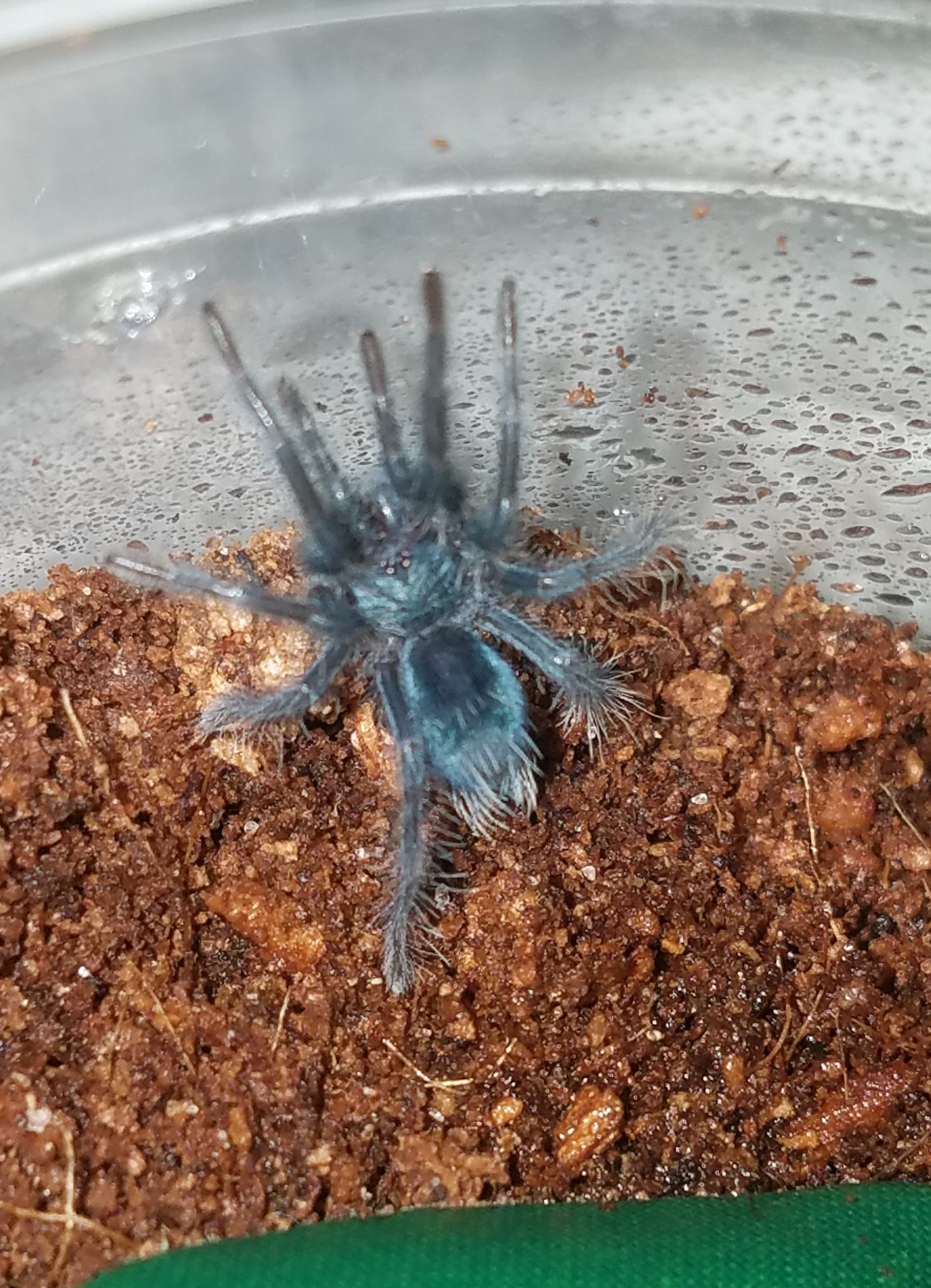
Phormictopuscanceridesforsale
Phormictopus cancerides is a Dominican Republic endemic tarantula and one of the two most common, the other is Citaracanthus spinicrus found in much of the country. Both the male and female have purple, blue and violet iridescences.

Phormictopus cautus mating attempt YouTube
The Hispaniolan Giant Tarantula ( Phormictopus cancerides) is a terrestrial New World species from Haiti and the Dominican Republic. Most owners agree that it's a highly underrated spider in the hobby. With a reputation for being aggressive, flicking hairs, and having a strong venom, most hobbyists don't see the appeal in owning one.